Japanese ODA approved for transport, environment plans
 |
| Work underway on part of the Lach Huyen Port's infrastructure project in the northern port city of Hai Phong. The project is funded by Japanese ODA and the Vietnamese Government's counterpart capital.- VNA/VNS Photo Huy Hung |
The ODA loans are expected to enhance the country's competitiveness and promote environmental improvements.
The projects include the North-South Expressway Construction Project (Da Nang–Quang Ngai section), which will enhance the efficiency of transportation and goods distribution near the central city of Da Nang.
The Lach Huyen Port Infrastructure Construction Project, including one project for the port and another for roads and bridges, will include a new international deep-water mega-port and related facilities in the northern port city of Hai Phong.
In addition, the Support Programme to Respond to Climate Change will provide support for adapting to climate change and solving cross-field issues through fiscal assistance and policy dialogue in Viet Nam, one of the world's most susceptible countries to the effects of climate change.
Most JICA-supported projects address development issues in Viet Nam.
Japan is among the countries that provide the most assistance to Viet Nam, in the form of ODA loans, technical co-operation and grant aid.
ADB to halt ODA to Viet Nam in 2019
The Asian Development Bank (ADB) plans to cut official development assistance (ODA) to Viet Nam in January 2019, becoming the second international financial institution to do so after the World Bank, according to Eric Sidgwick, ADB Country Director for Viet Nam.
Viet Nam now benefits from two types of lending from ADB: Ordinary Capital Resources (OCR) and the Asian Development Fund (ADF). The ADF is aimed at countries that are less well-off than countries that are eligible for only OCR, said Sidgwick at the launch of the Asian Development Outlook (ADO) 2016 on Wednesday.
To be eligible for ADF, a country needs to meet a number of criteria, including gross national income (GNI) per capita and credit worthiness. Viet Nam already reached the GNI threshold in 2010 and has borrowed on international markets since 2005.
Because global interest rates are low right now, the actual interest rate on ADF is a little bit higher than that of OCR, but the maturity for its payment is longer. Therefore, ADF is still a good option for Viet Nam to borrow from ADB.
The decision to stop ADF for Viet Nam has to be based on the assessment of where Viet Nam is now and what prospects look like for Viet Nam. But at some point, Viet Nam will graduate from ADF.
The timing of that is scheduled to be around January 1, 2019. It comes shortly after the WB's graduation from IDA, which is set for July next year, Sidgwick noted, adding that this is not a decision of ADB, but of ADB's shareholders.
According to a Government report from 2011-15, the total value of ODA and preferential loans reached US$26.4 billion with an increase of 5.36 per cent from the previous period. The total ODA disbursement reached about $23.22 billion in comparison with $13.86 billion during the term from 2006-10.
What the stars mean:
★ Poor ★ ★ Promising ★★★ Good ★★★★ Very good ★★★★★ Exceptional
Latest News
More News
- Long Thanh International Airport's road to success paved with obstacles (August 31, 2024 | 21:37)
- Google mulls development of hyperscale data centre in Vietnam (August 30, 2024 | 11:41)
- Fresh coconuts approved for export to China (August 28, 2024 | 17:53)
- Industrial park finance group signs agreements with eight strategic partners (August 28, 2024 | 12:44)
- SABECO named in top 50 best listed companies in 2024 (August 27, 2024 | 14:49)
- International demand soars for Vietnamese green coffee beans (August 26, 2024 | 09:08)
- Vietnam shows potential as global AI hub (August 24, 2024 | 10:00)
- Business breakthroughs made through innovation and renovation (August 23, 2024 | 11:08)
- Tax authorities to put retailers selling through livestreaming under scrutiny (August 22, 2024 | 10:32)
- President of Australian Senate to pay official visit to Vietnam (August 22, 2024 | 10:01)


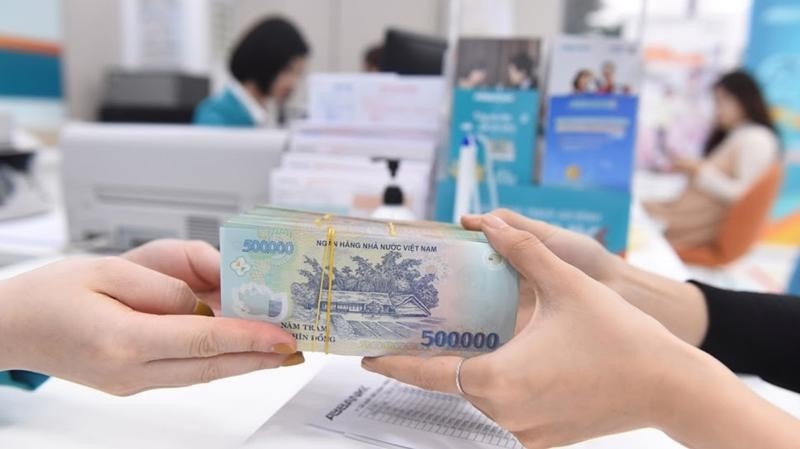
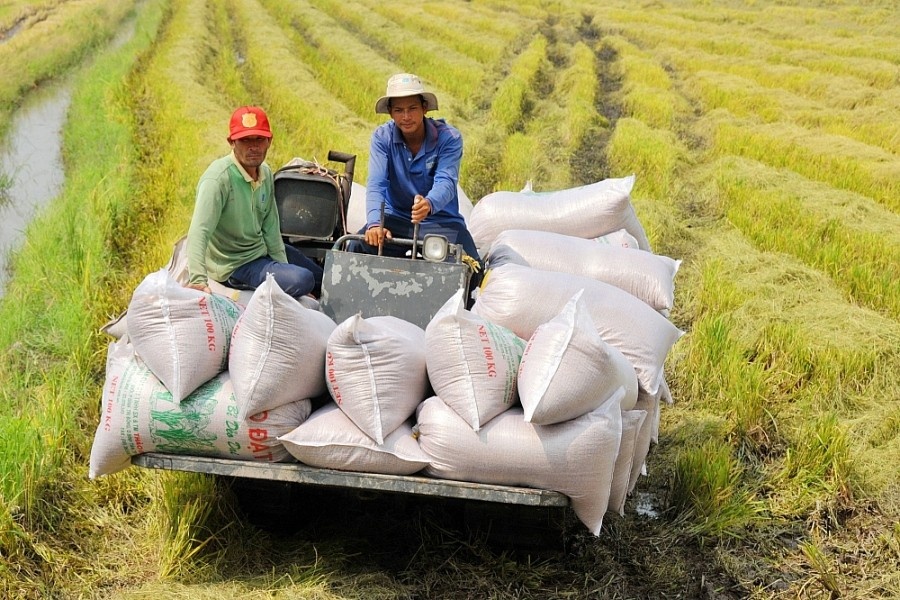
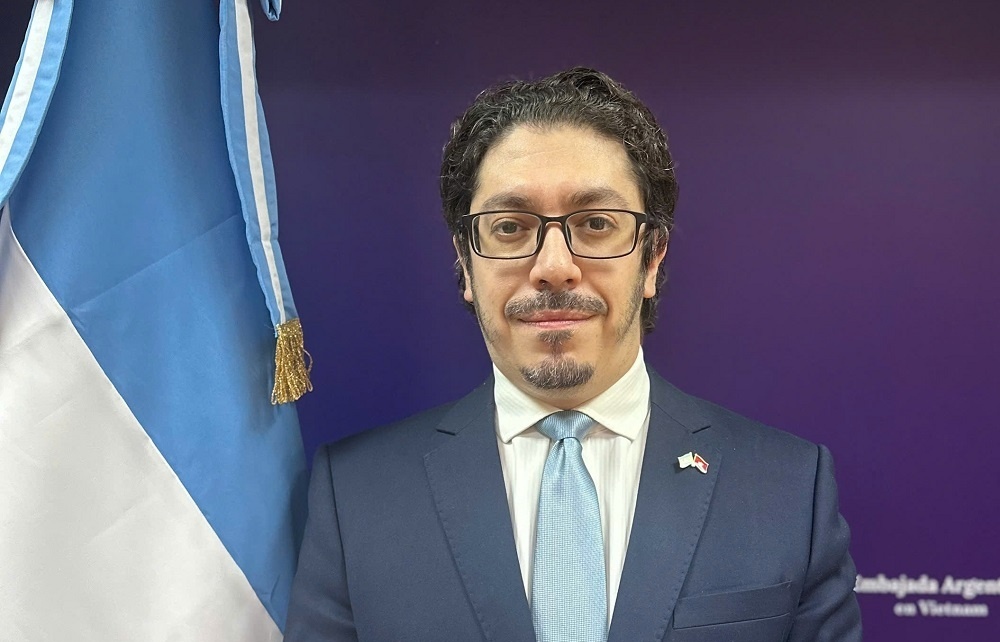
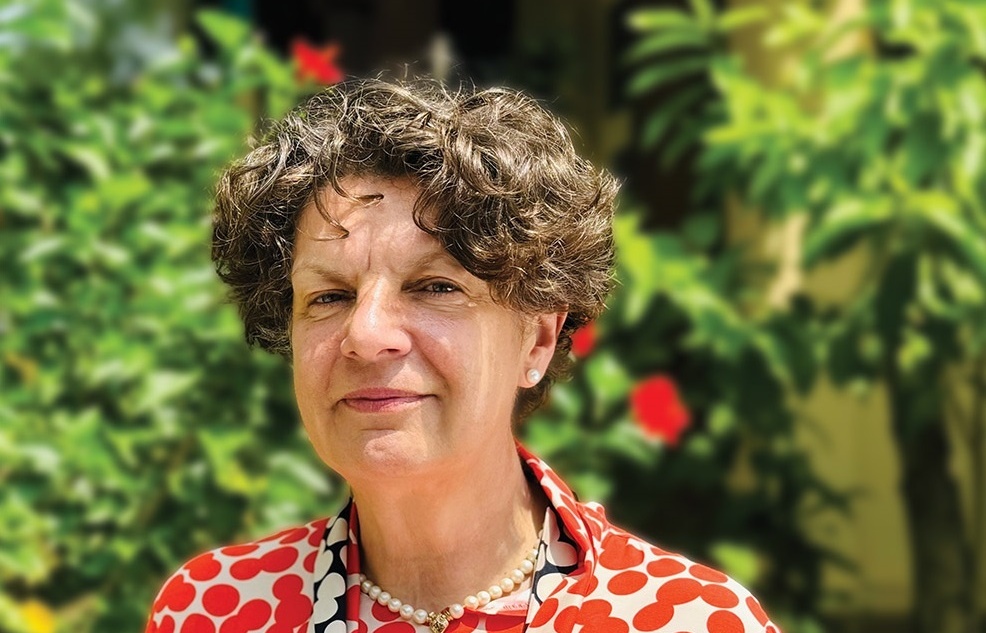
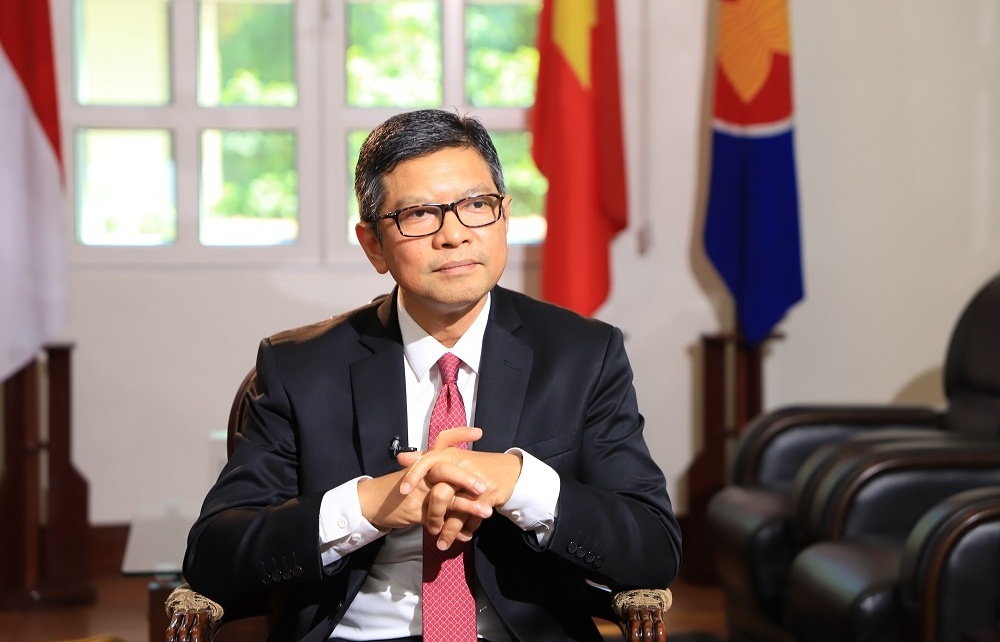





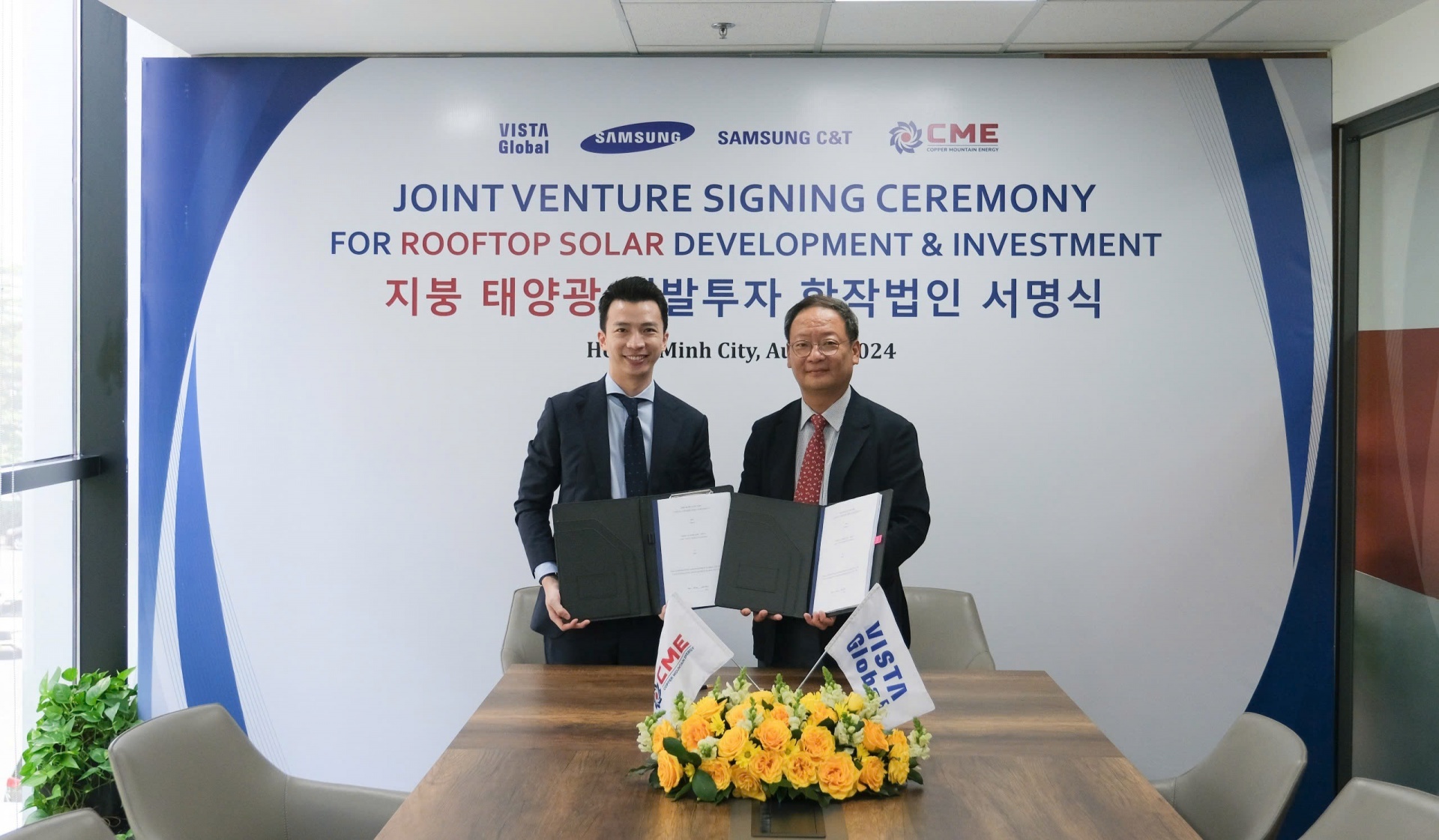




 Mobile Version
Mobile Version